We saw a car. One that blew our minds away. The sound made us ecstatic. The speed was enthralling, and the design, breathtaking. It made every head on the road turn in awe to admire its beauty. It made people open their cameras and go crazy, obsessing over this masterpiece. It fascinated us, intrigued us, and even shocked us. It released a wave of joy amongst the youngsters present on the street. We needed answers… What was it? We needed to know all about it. Little did we know that an encounter with a vehicle would take us on a journey we never thought we would embark upon.
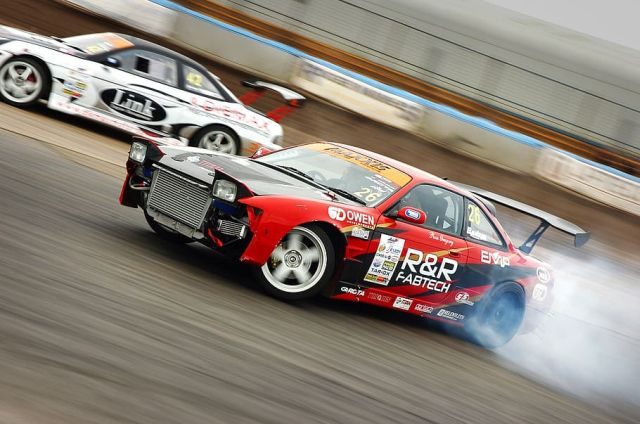
It was the majestic Toyota MK4 Supra and it had us intrigued like nothing else ever before. It had presented itself as an introduction for us into the world of Japanese cars.
JDM Car Culture
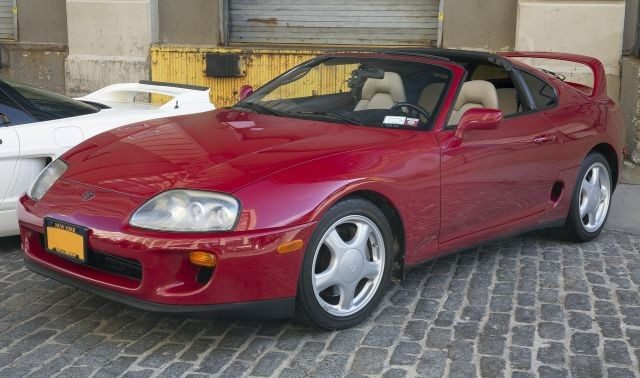
“JDM” simply stands for the “Japanese Domestic Market” cars. These vehicles are manufactured and made solely for the Japanese market and are built to be sold within Japanese borders only. These cars are regulated by the Japanese government and are made to meet a tight set of standards.
Japanese manufacturers, over the years, have created reliable and affordable vehicles for sale globally, which offer a blend of performance, speed, and driving dynamics; all of which have been extremely well-received by the international markets they are sold in. These cars offer versatility and it is not uncommon to find car-meets solely featuring these JDM examples.
For a Japanese car to be identified as a JDM, it needs to be imported directly from Japan, and it needs to be built for the Japanese market. For example, one can buy a Japanese-made vehicle, such as a Honda City or a Toyota Camry, from a dealership near them, but it would not qualify as a “JDM” car. However, if the same vehicle is imported from Japan, in its Japanese specification, it could be classified as a JDM.
An appealing aspect for enthusiasts of Japanese car culture is the heavy modification and tuning of cars in terms of their performance and fascinating exterior design modifications. “Bōsōzoku”, for example, is a specific type of modification that involves body kits and exhaust pipes for these to make them seem almost unreal. There are various subcultures that differentiate JDM cars from one another, and we shall elaborate on these in due course.
Roots of the JDM Car Culture
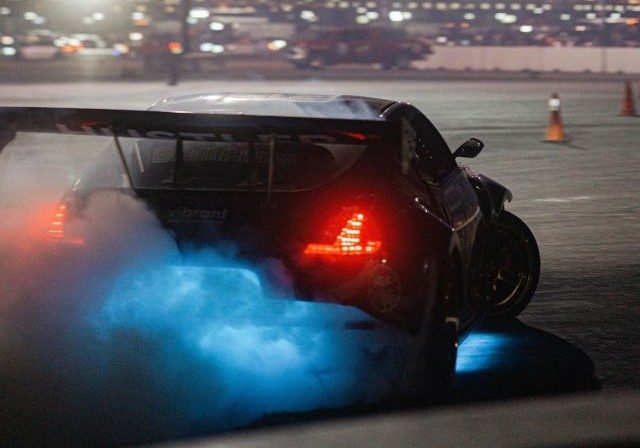
The JDM car scene first took place in Osaka, Japan in the late 1980s. The Japanese sports car culture can be traced back to the roots of the Bōsōzoku movement, a tribe of rebellious young people who loved to customize motorcycles and cars, resulting in unprecedented masterpieces on two or four wheels.
The Bōsōzoku culture, which emerged in the ’80s, marked a rebellion to the monotony of white-collar life and freedom against social convention. The Bōsōzoku were true car artists and boasted unparalleled creativity and craftsmanship.
Today, their legacy has given rise to less extreme but no less passionate movements. What remains of the old rebellious tribe enlivens modern Japanese petrol-heads, too. In fact, it also attracts local enthusiasts in Japan—the famed “Drift Culture”, which most of us in this age were introduced to from the Hollywood movie, “Fast & Furious – Tokyo Drift”.
Drift culture, or the art of sliding a car sideways in a direction opposite to those of where the front wheels are facing, was a gift from two Japanese motorheads who showcased the beauty of drifting. Most people believe that the technique of drifting was created by Keiichi Tsuchiya, a racer in the Japanese Touring Car Championship. Drifting was actually invented, unknowingly, by Keiichi’s teammate Kunmishi Takahashi who started deliberately sliding his Nissan Skyline 2000 “Hakosuka” GT-R during races in order to get around corners faster. His cornering technique is now referred to as the “slip angle”. This inspired Keiichi to learn it outside race tracks and master it on hills full of tight hairpin turns. He was hailed as the “Drift King” by many.
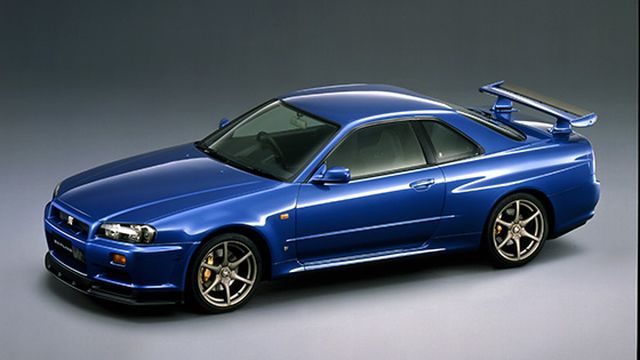
Iconic JDMs
Getting back to the focus of this feature, we now look at some of the most iconic JDMs to have existed. Two of these, the Nissan Skyline R34 GT-R and the Toyota MK4 Supra, particularly have our attention so we decided to delve into the details of this pair to begin with.
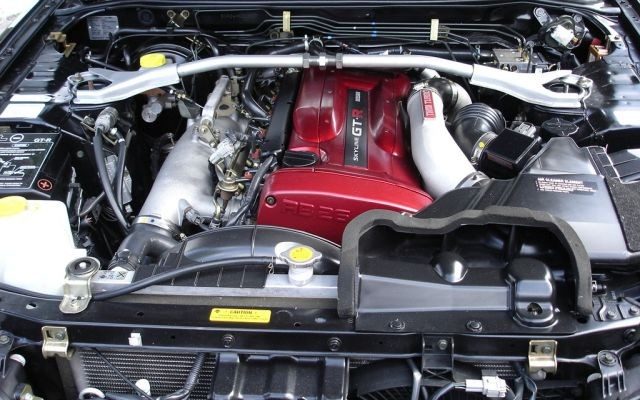
Not only are these pleasing to the eye, with their smooth and sleek old-school design language, but they are also a couple of the best performing Japanese cars due to their amazing driving dynamics and good base power. Of course, these cars are highly tunable, and pack engines open to a raft of tuning options, some rather extreme. Although, their stock figures were 280 hp and 320 hp respectively, with their six-cylinder engines in stock form, they could be chipped and nitroused to well over 1,000 hp—each being a beast in their own sense. The list is endless: power tuning, racing seats, underbody neon, side-skirts, air intakes, forged cams and connecting rods, higher-pressure turbochargers, suspension kits, aftermarket specialised damping, rims, tyres, the works…
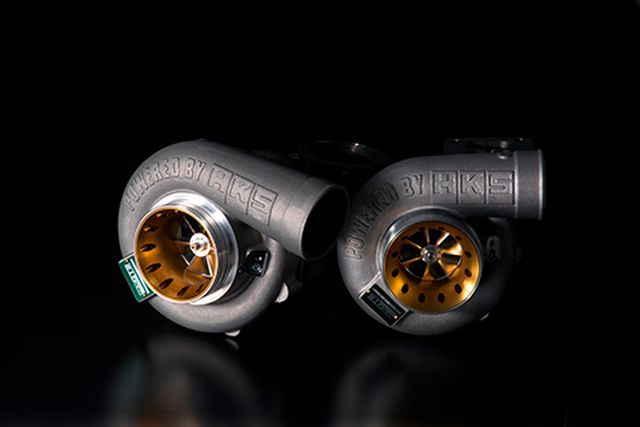
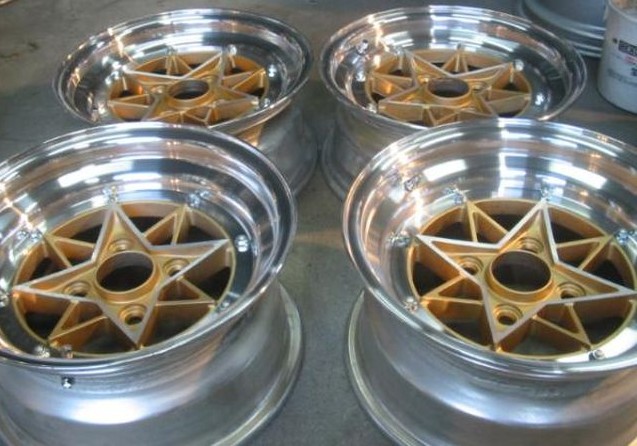
These are only two of of the JDMs that we see alive and kicking in today’s world. In our next instalment of this feature, we will cover the evolution of JDMs and dive deeper into the culture and details of the cars. We will also talk about JDM cars in India and the various names that made JDM car culture known, accepted—and celebrated—internationally.
Story: Kanishk Mehta and Yash Sinha


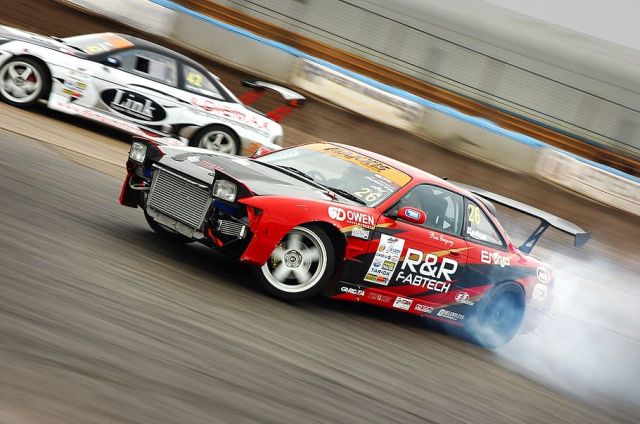


















Leave a Reply